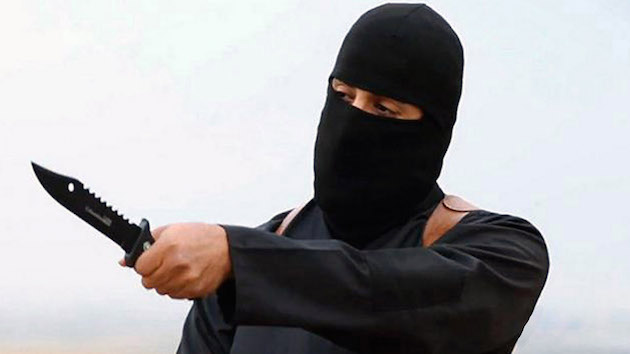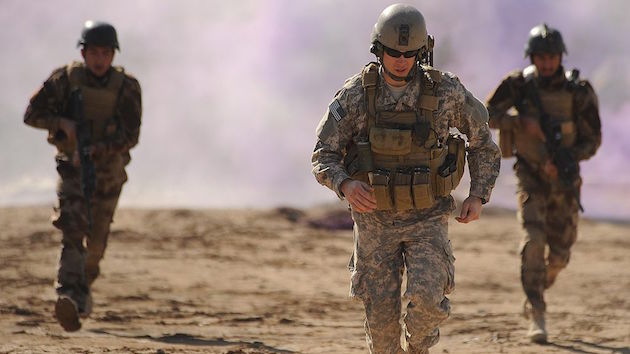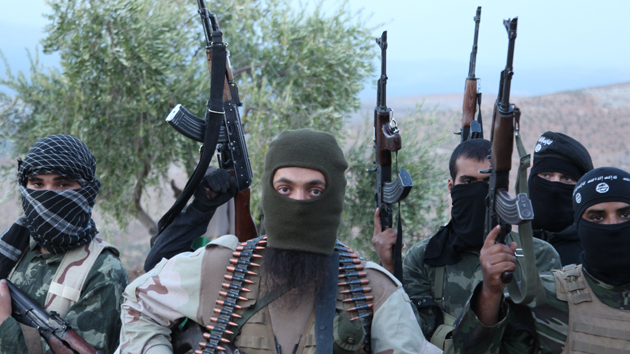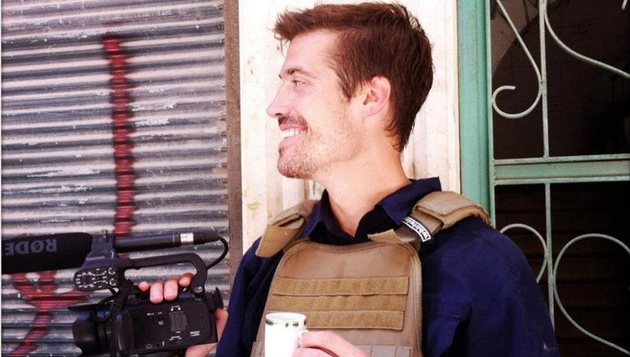
ROPI/ZUMA
The Department of Defense announced on Friday that it was “reasonably certain” it had killed “Jihadi John,” the English-speaking ISIS fighter who took part in the filmed executions of Western journalists. But the executioner’s probable death meant little to the parents of James Foley, the American journalist who was perhaps Jihadi John’s most high-profile victim.
“It is a very small solace to learn that Jihadi John may have been killed by the U.S. government,” said John and Diane Foley in a statement on Friday. “If only so much effort had been given to finding and rescuing Jim and the other hostages who were subsequently murdered by ISIS, they might be alive today.”
Jihadi John was the nickname given to Mohammed Emwazi, who was born in Kuwait but moved to the United Kingdom as a young child. After leaving the UK for Syria in 2013, he became internationally famous as the face (albeit, masked) of ISIS’s execution campaign against Western hostages. He appeared in a series of videos that showed the brutal killings of Foley, fellow journalist Steven Sotloff, aid worker Peter (or Abdul-Rahman) Kassig, and several other ISIS captives. That notoriety apparently vaulted him onto the Pentagon’s list of priority targets: When Department of Defense spokesman Peter Cook briefed the press on Friday, he referred to Emwazi as a “high-value individual” and the sole intended target of the strike.
“He was a recruitment tool for that organization,” US Army Col. Steve Warren said in a press briefing from Baghdad on Friday. “I mean, this guy was a human animal…Killing him is probably making the world a better place.”
Warren said the strike was carried out using a Hellfire missile fired from a drone over Raqqa, the Syrian city that serves as the self-proclaimed capital of the ISIS caliphate. Cook said there was no reason to believe there had been civilian casualties.













